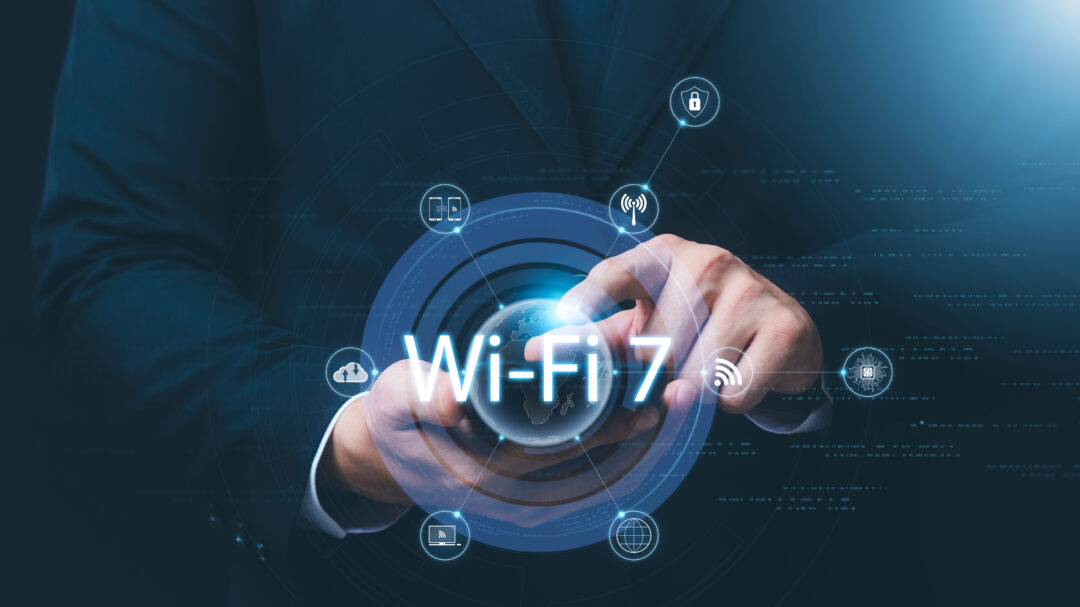With so many people using wireless devices in their day to day lives, from laptops to phones and iPads, it is surprising that many organisations continue to rely on a Wi-Fi set up that is just not up to the job.
Wi-Fi is no longer-a-nice to have service either. A recent survey that highlighted how 49% of business travellers saw access to Wi-Fi as a deciding factor when choosing a hotel is just one example of how our expectation of connectivity has grown.
>See also: Data demands and constant connections: enterprise Wi-Fi
As a result, Wi-Fi is no longer simply the concern of your IT department. Long periods of down-time or a slow browsing experience can have a significant impact across all aspects of a business. This article takes a look at the areas you need to consider when ensuring a first-class WiFi experience.
The wireless workspace
Life was simpler in the 90s. You had your desktop machine connected to the server, corporate network and the internet via an ethernet cable. People had laptops and they too had to be wired into the office cabling if you had any serious work to do.
Then came Wi-Fi and broadband and you could use your laptop on a wireless network so long as you didn’t stray too far from the one wireless router. Now our office along with many others has moved across to an all wireless set up. People must be able to take their laptop or iPad into a meeting room or another office without losing their email or web browsing session.
Informal sessions
It’s not just the main office either. While the Wi-Fi there might be OK it’s often not where all the work goes on in modern organisations. People have informal meetings throughout a building, from the reception area to the dining room.
>See also: Debunking the 5 myths of Wi-Fi
With the trend to build open spaces into many new office developments people might also have meetings outside. Public WiFi networks or an incomplete office Wi-Fi network will mean that people are restricted to formal meeting areas and this, in turn, can impact on productivity.
Warehouse Wi-Fi
In the logistics sector warehouses rely on a whole array of wireless devices to manage inventory picking and shipping but these devices require strong and consistent WiFi coverage throughout the warehouse.
While this can be challenging there are a number of factors that can be taken into account to ensure a first-class service, including the structure of the warehouse, density of racking and the amount of goods likely to weaken signal and reduce the efficacy of the Wi-Fi network.
Careful planning and implementation of access points will avoid black spots and ensure devices are not rendered useless.
Keeping your Wi-Fi customer promise
Public venues like conference centres and sports stadia as well as open air sports or entertainment events increasingly rely on apps to deliver information to the customer, delegate or spectator.
>See also: Mind the connectivity gap: telecoms must connect whole of UK
If the Wi-Fi coverage isn’t carefully planned and provisioned you and your app are not delivering on the customer promise. Conferences, for example, often no longer rely on a physical delegate pack to deliver the conference papers; they are all downloadable from the app.
Without access to the app from across the venue you have no idea what is going on and no guidance as to which sessions you should attend or how to get to them.
Event apps in general also tend to be part funded by advertising and if these are not visible to the visitor then you are not keeping your part of the bargain with the sponsor and they won’t come back next year.
Wi-Fi can be a central customer promise in other areas too. Connectivity is a high priority in shared offices spaces for example and failing to deliver on this promise can damage reputations.
Security
In a survey by Xirrus, while 91% of users of public WiFi understood that it was not secure, 83% still admitted to continuing to use it for checking email with 43% accessing confidential data, 42% carry out online shopping and 18% happy to log on to banking applications.
Given this level of complacency you need to make sure you prevent both staff and visitors from putting themselves at unnecessary risk by building a secure WiFi network within your building or campus environment.
>See also: LTE or Wi-Fi? Are either up to standard for stadium connectivity?
How can you make sure your Wi-Fi is secure? Practical steps include getting rid of local router passwords across a network and enforcing complex alternatives at all access points.
It is also advisable to segment or firewall the WiFi network away from the main corporate network so that visitors cannot access critical business applications like your finance or sales information systems.
This is also important when considering Bring-Your-Own-Device (BYOD) users, whose devices may pose a greater security risk. Implementing an Identity and Access Management (IAM) policy, which limits the access certain users have, will help further boost security.
Put yourself in the position of the user
How often have you complained about poor WiFi performance only to be told by the IT department that they cannot see any problems and according to them it should be working fine. Well it should be but you cannot get a signal, you’re in the middle of a presentation and the screen’s gone blank?
Traditionally, it has been difficult to determine what issue a user is experiencing when struggling to connect to a network. However, technological developments are now making it possible to not only see the performance of a physical wireless router but also to replicate what the user is experiencing on their device.
>See also: Total connection: Singapore’s public Wi-Fi
If you are going to take Wi-Fi seriously this is the sort of service level you need as it will help you to resolve issues more quickly and ensure the user you at least understand the nature of the problem they’re experiencing.
Conclusion
Imagine you’re travelling on business. Would you choose a hotel or meeting venue that allowed you to stay in touch with your office, access your company VPN and carry out your business as normal or would you rather compromise and remain in radio silence for 48 hours?
Wireless connectivity has become a must-have service, not only for businesses, but for individuals, and plays an important role in the way people interact with the world around them. The days of economy-class Wi-Fi are over and it really is time to upgrade.
Sourced by Gary O’Neill, director at Systal Technology Solutions







